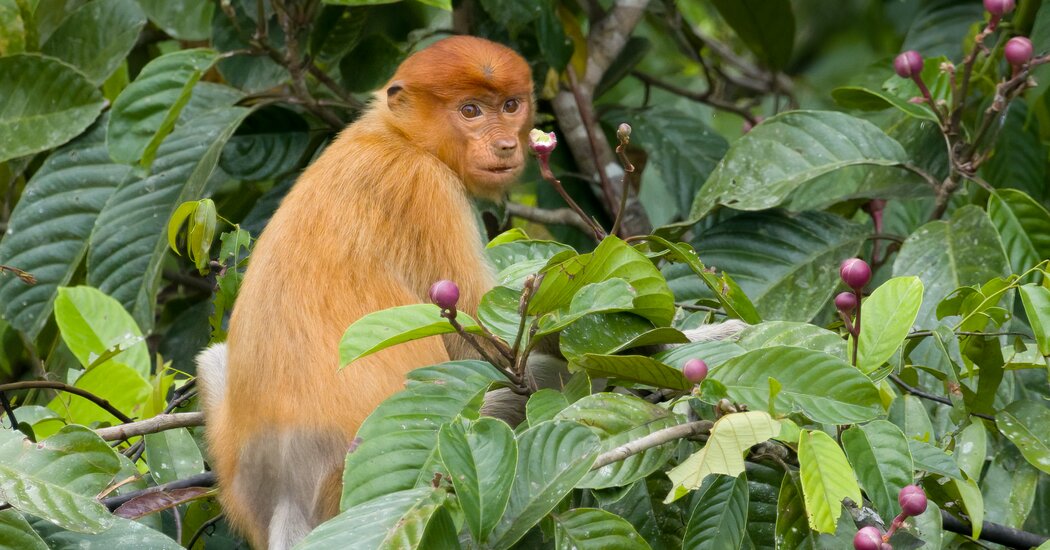We lurched along an unpaved road in the night, walls of trees and knotted vines on either side. In the darkness lurked some of the world’s most unusual mammals, and I had come to Borneo to fulfill a lifelong dream to see them: catlike civets, scaled anteaters called pangolins and big-eyed colugos that spread their body flat as they glide from trunk to trunk.
In the open back of a pickup truck, two wildlife spotters stood in front of me, whirling their flashlights. To my right stood my father, whose lifelong obsession with wildlife had inspired my own. Clothes damp from the humidity, we plunged deeper into the moonlit jungle.
My father and I had long wanted to travel to Borneo together, inspired by an online community of people called mammal watchers, who shared tantalizing stories about their sightings on the island on the website mammalwatching.com.
Mammal watching is superficially similar to bird-watching: trying to see as many different wild species as possible. It is hard — mammals can be elusive — but rewarding, as the most interesting mammals dwell in the earth’s wildest and most vulnerable places. Searching for these creatures is both an adventure and an exercise in supporting conservation, particularly in Borneo, where palm oil plantations have replaced large areas of rainforest.
So much of my interaction with mammal watching had been virtual that, on a warm June night, as we rumbled through the 140,000-acre Deramakot Forest Reserve in the Malaysian state of Sabah, I could hardly believe what I was seeing.
A flashlight caught a gleam on a branch to the left. We trained our flashlights about 50 feet up a fig tree to see a binturong, a blackish gray, shaggy, whiskered creature also known as a bearcat.
